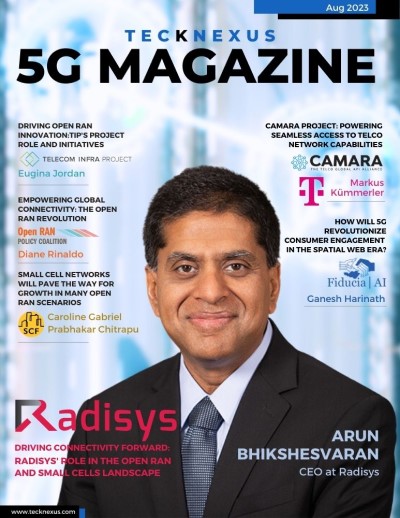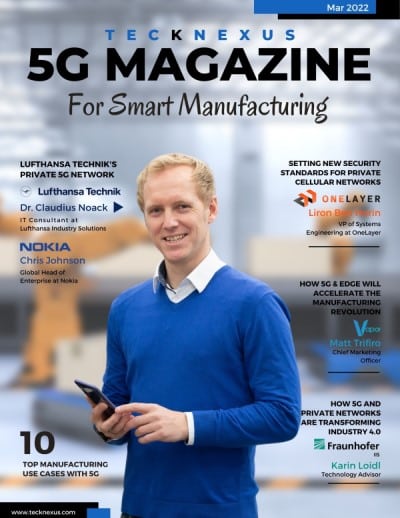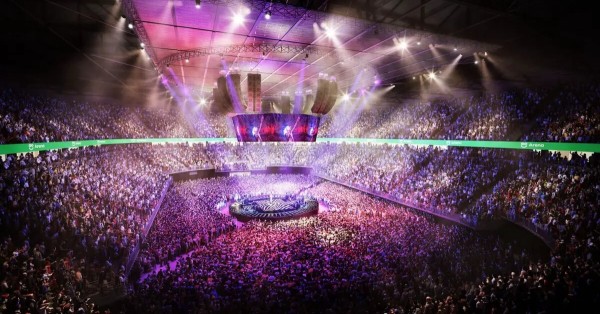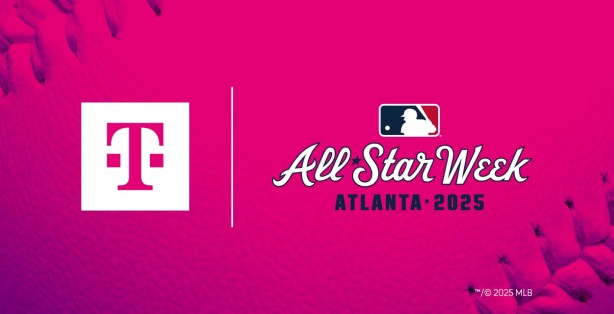Home » Sports & Events Venue
Sports & Events Venue
Essential insights and practical tools for navigating private networks. Get Details.
Available on Amazon & Google Books
Subscribe To Our Newsletter
- Tech News & Insight
- September 30, 2025
- Hema Kadia
- Usecase
- September 29, 2025
- Hema Kadia
- Tech News & Insight
- September 3, 2025
- Hema Kadia
- Usecase
- August 24, 2025
- Hema Kadia
- Tech News & Insight
- August 17, 2025
- Hema Kadia
- Tech News & Insight
- August 17, 2025
- Hema Kadia
- Usecase
- July 31, 2025
- Hema Kadia
- Usecase
- July 31, 2025
- Hema Kadia
- Usecase
- July 31, 2025
- Hema Kadia
- Tech News & Insight
- November 2, 2025
- Hema Kadia
5G for Sports
The sports world is on the brink of a technological revolution spearheaded by the advent of 5G technology. This new era is characterized by smart stadiums and a transformative approach to sports media marketing. Smart stadiums represent the next generation of sports venues, leveraging 5G and IoT technologies. They enhance fan experiences by providing high-speed connectivity akin to home internet, enabling real-time social media interactions and digital engagement with teams. Unlike traditional stadiums, which often rely on limited Wi-Fi networks, smart stadiums use advanced cellular technology for comprehensive digital services. This approach allows for a more connected and interactive fan experience.
Advantages of 5G in Sports
The integration of 5G technology into the sports industry is proving to be a game-changer. This section provides a detailed analysis of the benefits 5G brings to the sports arena, with a focus on private, public, and hybrid 5G networks. Each of these network types offers unique advantages in enhancing fan experiences, improving operational efficiencies, elevating media coverage, and creating new opportunities in sports marketing.
Improved Fan Experience
Private 5G Networks: These networks are ideal for offering customized, high-speed connectivity within sports venues. They enable advanced services like augmented reality (AR) and virtual reality (VR) experiences for fans, providing immersive views of the action and interactive features such as player stats and instant replays. Private networks ensure consistent, high-quality connectivity even during peak times, enhancing the overall fan experience.
Public 5G Networks: Public 5G networks excel in providing widespread coverage, which is crucial for fans both inside and outside the stadium. They facilitate seamless streaming of live events, real-time social media interaction, and access to digital content related to the sporting event, regardless of the fan’s location.
Hybrid Networks: Combining the strengths of both private and public networks, hybrid 5G networks can offer a balanced solution. Within the stadium, they can prioritize critical communications and data analytics for operations, while also catering to the general connectivity needs of fans through the public network component.
Operational Efficiencies
Private 5G Networks: These networks are ideal for offering customized, high-speed connectivity within sports venues. They enable advanced services like augmented reality (AR) and virtual reality (VR) experiences for fans, providing immersive views of the action and interactive features such as player stats and instant replays. Private networks ensure consistent, high-quality connectivity even during peak times, enhancing the overall fan experience.
Public 5G Networks: Public 5G networks excel in providing widespread coverage, which is crucial for fans both inside and outside the stadium. They facilitate seamless streaming of live events, real-time social media interaction, and access to digital content related to the sporting event, regardless of the fan’s location.
Hybrid Networks: Combining the strengths of both private and public networks, hybrid 5G networks can offer a balanced solution. Within the stadium, they can prioritize critical communications and data analytics for operations, while also catering to the general connectivity needs of fans through the public network component.
Enhanced Media Coverage
Private 5G Networks: They offer the bandwidth and speed required for high-quality, real-time media coverage within the stadium. This includes supporting ultra-high-definition (UHD) video streaming, instant replay capabilities, and providing bandwidth for large volumes of simultaneous media uploads.
Public 5G Networks: These networks play a critical role in broadcasting events to a global audience. With 5G’s high speed and low latency, live sports broadcasting can reach viewers with minimal delay, enhancing the viewing experience.
Hybrid Networks: Hybrid networks can dynamically allocate resources to ensure media teams have the bandwidth they need for live coverage, while also catering to the connectivity needs of the audience.
New Opportunities in Sports Marketing
Private Networks: By offering targeted and personalized services, such as in-app promotions and location-based advertising, private 5G networks can open new avenues for targeted marketing strategies within the sports arena.
Public 5G Networks: The widespread reach of public networks allows for broader marketing campaigns, reaching a global audience with promotional content, merchandise offers, and more.
Hybrid Networks: They enable a seamless transition between targeted in-stadium marketing and broader outreach efforts, maximizing the effectiveness of marketing campaigns.
TeckNexus Newsletters
I acknowledge and agree to receive TeckNexus communications in line with the T&C and privacy policy.
Whitepaper

Whitepaper

Whitepaper

Check Private Network Readiness

250 questions based assessment and insights
$750
65+ questions based assessment and insights
$500
160 questions based assessment and insights
$500
75+ questions based assessment and insights
Coming Soon
75+ questions based assessment and insights
Coming Soon* Prices does not include tax
Brand Connect
Amplify Your Brand & Boost Your Business
- Thought-Leadership Management
- Magazine Article
- Executive Interviews
- Whitepapers
- Research Reports
- Custom Research
- Blog Series
- Webinars
- Podcasts
- Advertorials
- Display Ads
- Event Partnership



























